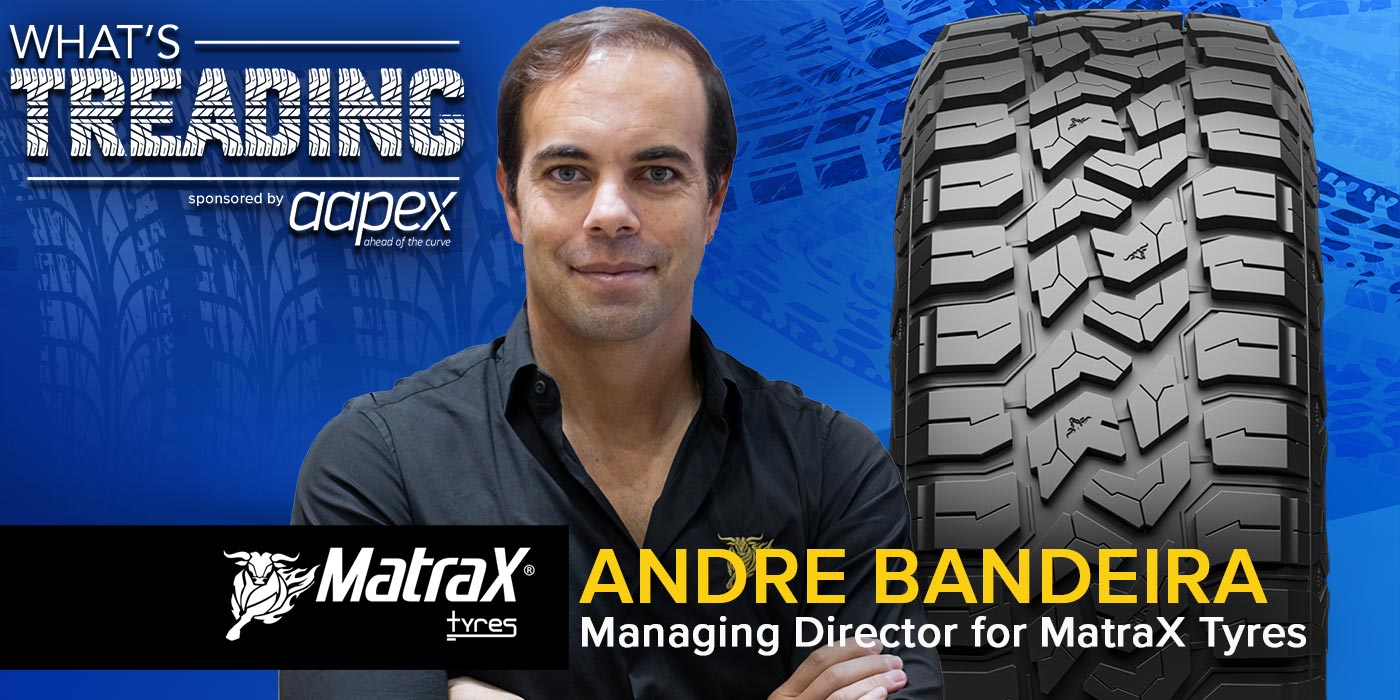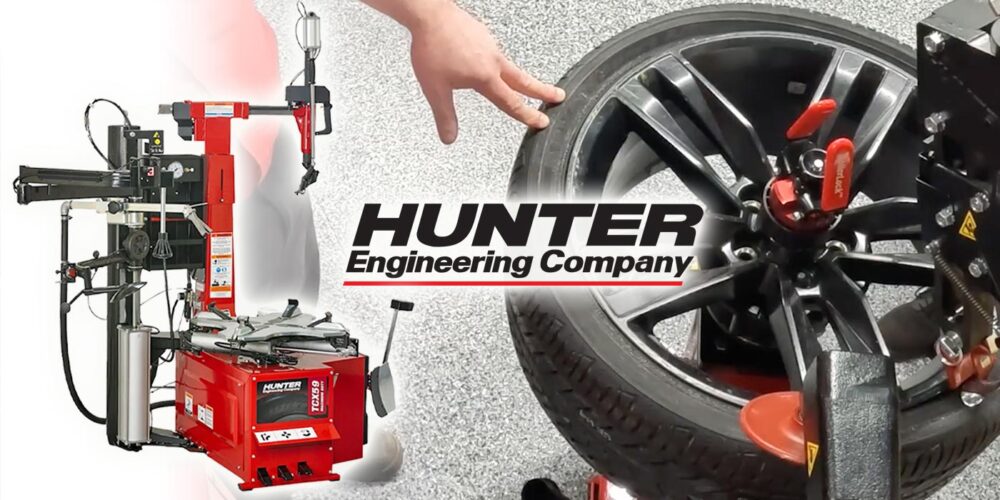Most import and domestic vehicles come factory equipped with single-piston brake calipers. However, most high-performance vehicles come equipped with multi-piston calipers, including many import cars that need special attention during a brake job.
In this Tire Review Continental Tire Garage Studio video, we dive in deeper into what you need to know about these unique calipers.
As a rule of thumb: if you have more moving parts that are used to stop the car, there’s a greater chance that a small problem in a system can lead to bigger problems. This is the case when servicing multi-piston calipers.
Most aftermarket performance brake kits use multi-piston calipers instead of single-piston calipers to multiply brake force. The amount of clamping force the caliper can apply to squeeze the pads against the rotor depends on the surface area of the caliper piston and the amount of force generated by the master cylinder. If hydraulic pressure from the master cylinder remains consistent, then increasing the surface area of the piston by using more than one piston will multiply braking force.
Another reason for using multi-piston calipers is to reduce pad flex for better clamping effectiveness and friction. If a caliper has a single, large piston and a relatively short brake pad, pad flex is usually not an issue. But if a caliper has longer brake pads to increase the friction surface area, applying pressure in the middle of the pad with a single piston may cause the brake pad’s ends to bow up slightly, since most of the force is being applied in the middle.
To ensure the full length of the pad contacts the rotor, two or more pistons are used to evenly distribute the clamping force along the entire length of the pad.
To even out clamping force, some multi-piston calipers use different-sized pistons. Typically, you’ll see smaller diameter pistons on the leading edge of the caliper and larger pistons behind it.
Don’t forget to follow us on Instagram and Facebook and subscribe to our YouTube channel for more tire, service and shop operations videos.













